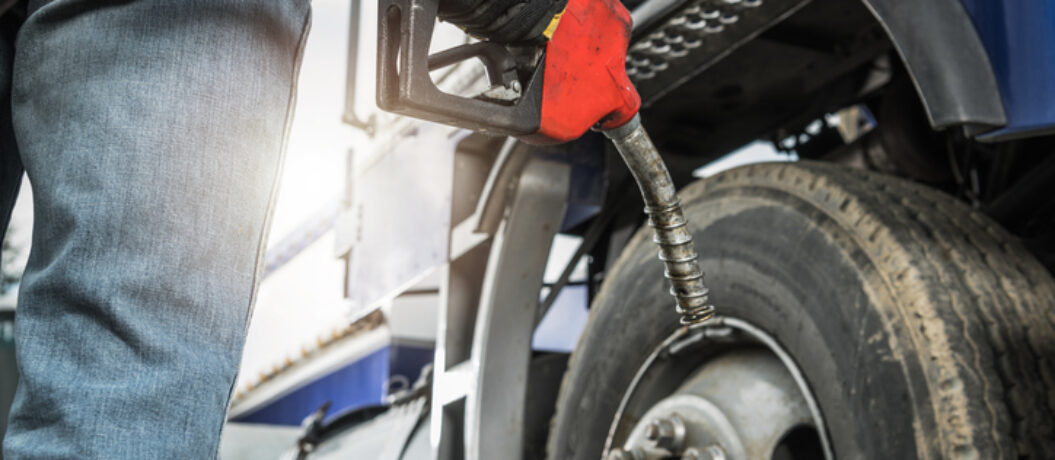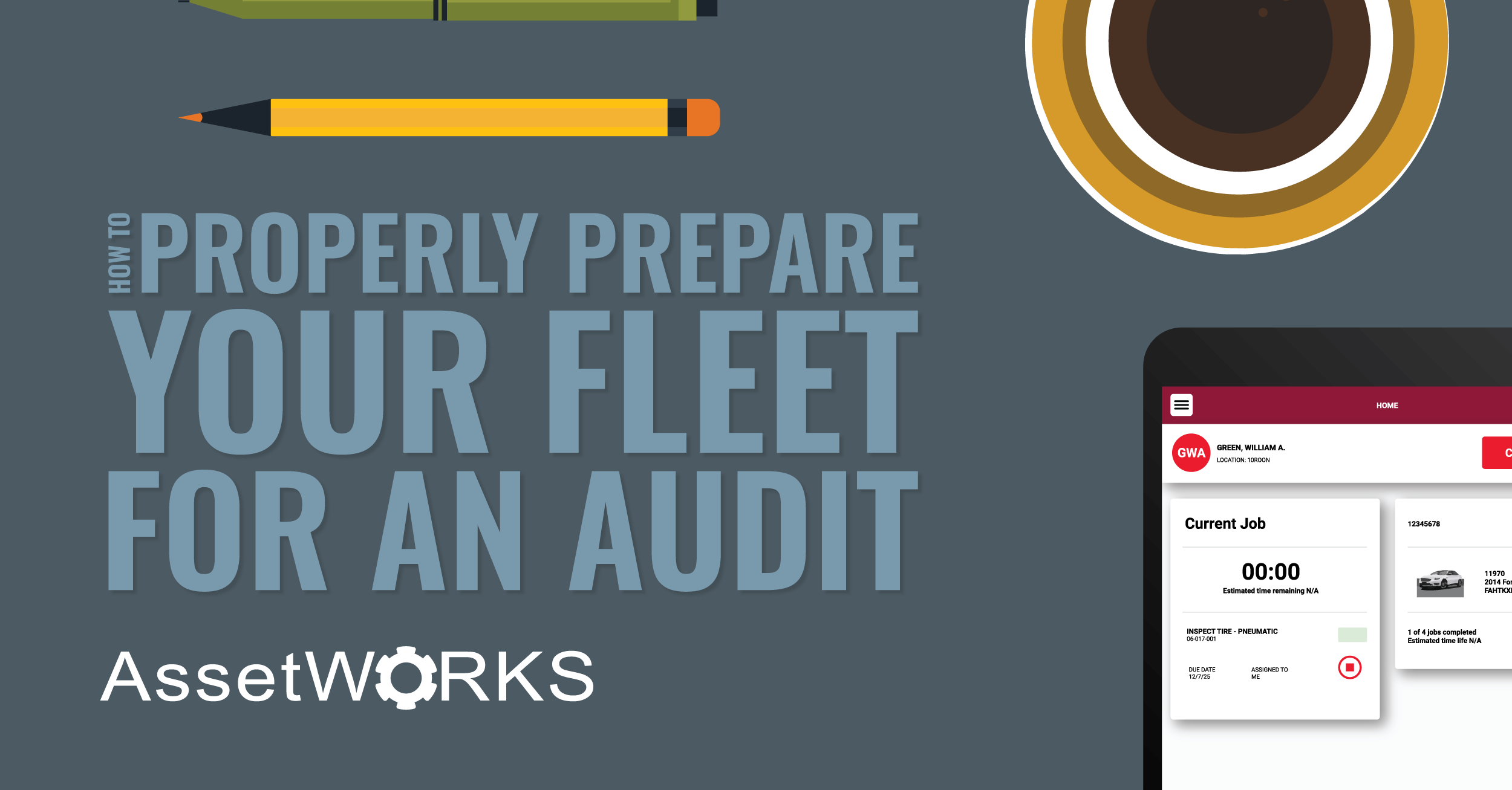Fuel is a critical component in operating fleets and their budget. Vehicles are not going anywhere without fuel, so it is no surprise it’s a fleet’s second-greatest annual expense; making up approximately 60 per cent of a fleet’s operating budget. Fleet managers can understand how fuel impacts their bottom line by utilising these five strategies to reduce fuel bills:
1) Maintain Tyres
Fleets must ensure their vehicle tyres remain inflated at the proper psi (pounds per square inch) and their wheels are aligned. When tyres are under-inflated, it causes resistance causing the engine to use more fuel to move the vehicle. With outdoor temperatures causing variations in a vehicle’s tire pressure, drivers and maintenance professionals should always check the psi before heading on the road. Doing so can improve fuel efficiency by up to 3 per cent.
The same goes for vehicle wheel alignment. If a vehicle’s tyres are not aligned, it will be harder for the vehicle to move and use more gas. Misaligned tyres can decrease gas mileage by up to 10 per cent, so fleets should check their vehicle’s alignment whenever it receives routine maintenance.
2) Keep Up with Preventive Maintenance
Vehicles that remain in optimal condition will get better mileage than those that do not receive proper maintenance. Performing regular preventive maintenance intervals can lower fuel spend. Proper vehicle maintenance can improve a vehicle’s fuel economy by up to 40 per cent! Fleets using fleet management software that automatically schedules preventive maintenance are more likely to save on fuel costs since the solution guarantees no maintenance will get overlooked.

3) Improve Driver Behaviour
Common driver behaviours can lead to wasted money at the pump:
- Frequently Changing Speed- Changing speeds cause more fuel consumption, but cruise control can help save up to 10 per cent on fuel.
- Driving too Fast- With light commercial vehicles and passenger cars, speeds greater than 50 mph are not fuel-efficient as they cause more aerodynamic drag on the vehicle.
- Gear Shifting Incorrectly- Over-revving causes high revolutions per minute (RPM), damaging an engine and consuming more fuel.
- Idling- In extreme temperatures, drivers idle for air conditioning or heat. Drivers can reduce idling by 20 per cent while remaining comfortable by parking in the shade or using curtains.
- Hard Braking- If drivers brake heavily, 33 per cent more fuel gets consumed. Coasting can decrease the speed while keeping the vehicle in gear; consuming no fuel.
Implementing telematics software can track these wasteful driver habits so fleet managers can be alerted of any issues. With solutions like Lightbulb Analytics, managers can also see where driver issues frequently occur on a breadcrumb trail while analysing all alerts on the Key Performance Indicator (KPI).
4) Utilise a Fuel Management Software
Implementing or utilising an advanced fuel management system is an easy way to increase fuel security while managing fuel costs. With a fuel solution, drivers can use fuel cards or other authorisation devices to complete fuel transactions. Fleet managers will have the fuel data and tools on their software to track and manage fuel expenses in real-time to eliminate wasteful fuel expenses.
5) Rightsize Your Fleet
Rightsizing can mean two different things depending on the fleet. It can entail reducing the number of vehicles, transitioning to a smaller fleet, or incorporating more fuel-efficient vehicles. By evaluating their fleet, managers can conserve fuel, reduce emissions, save money on fuel and maintenance, and optimise vehicle use. To rightsize their fleet, managers must understand their fleet’s daily vehicle use and needs, which can be analysed on their telematics solution.












